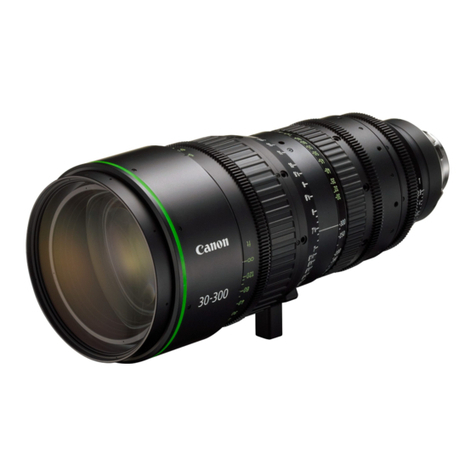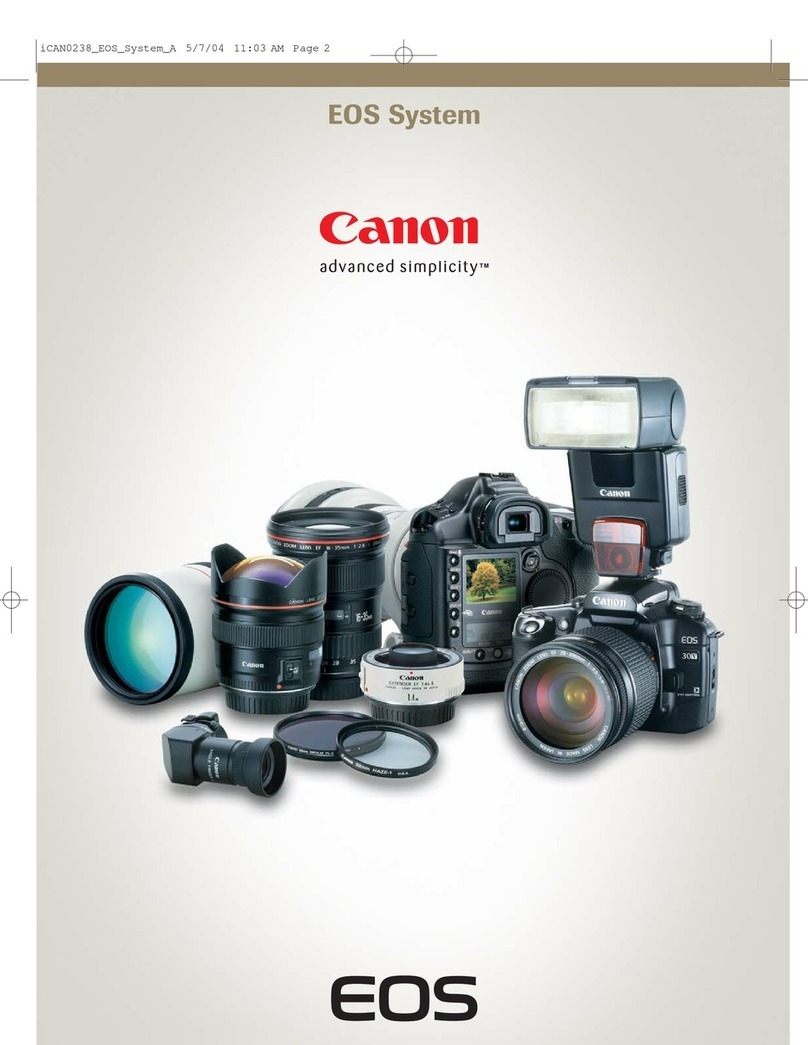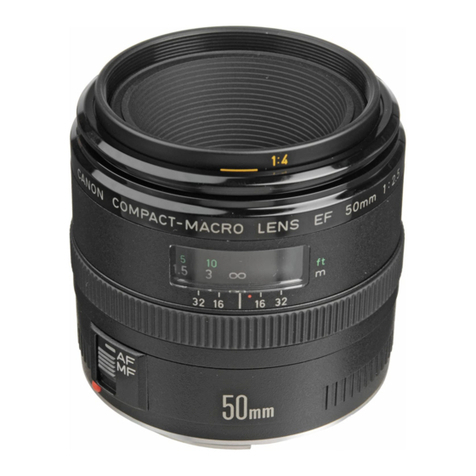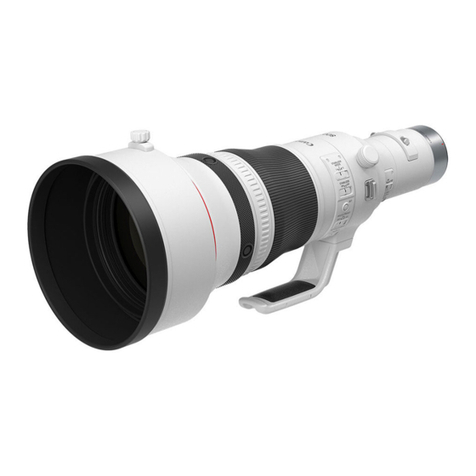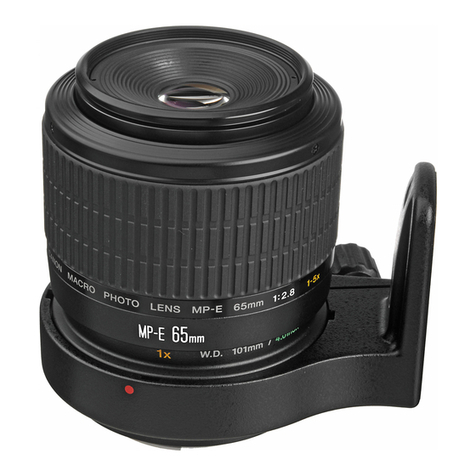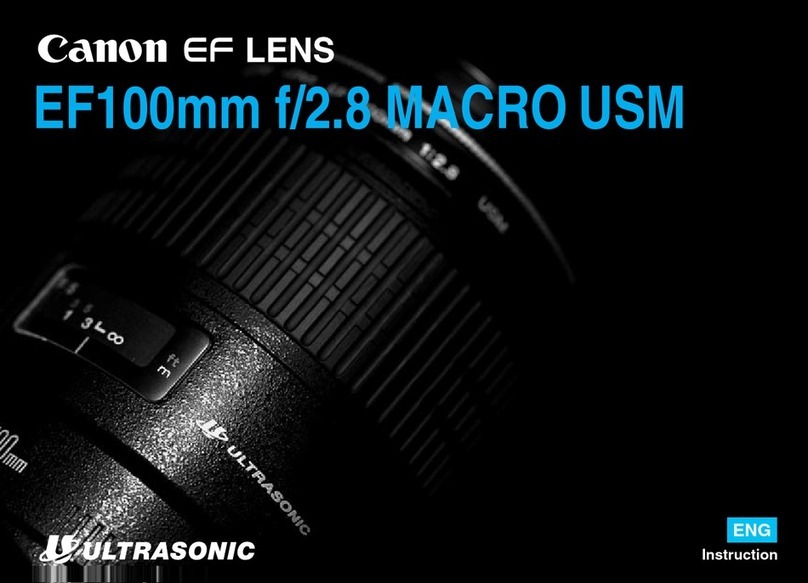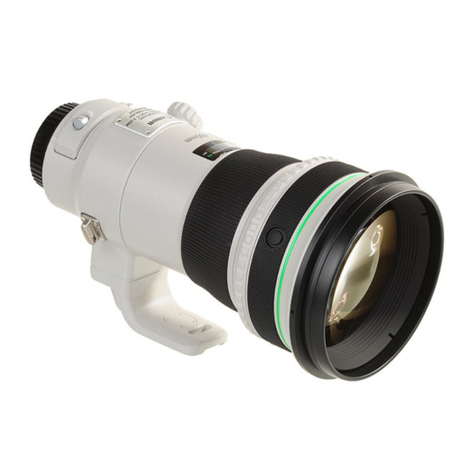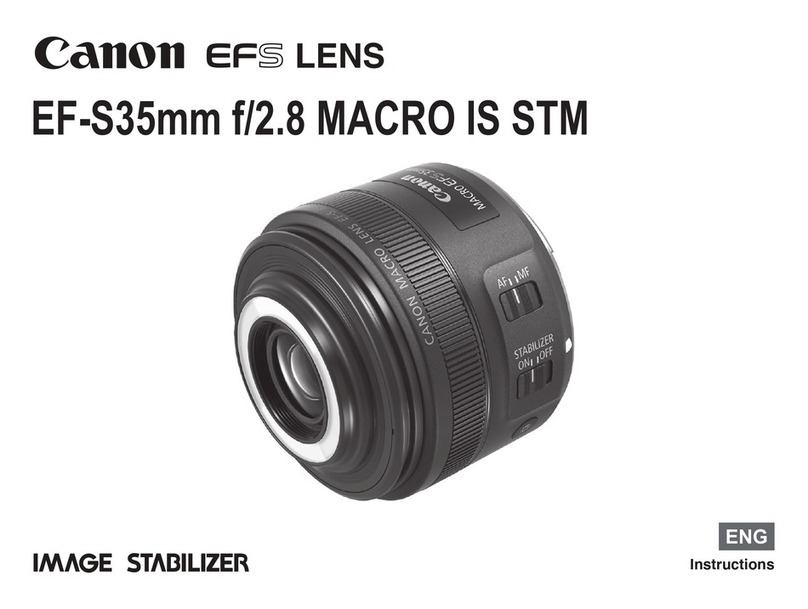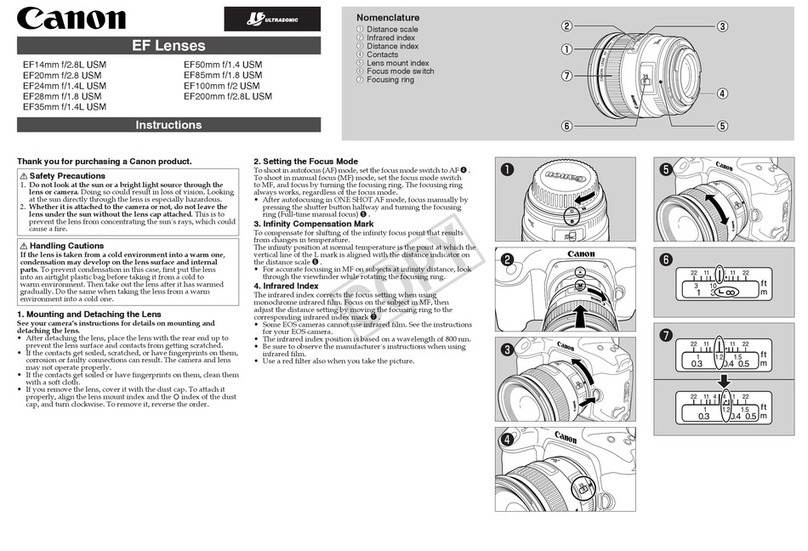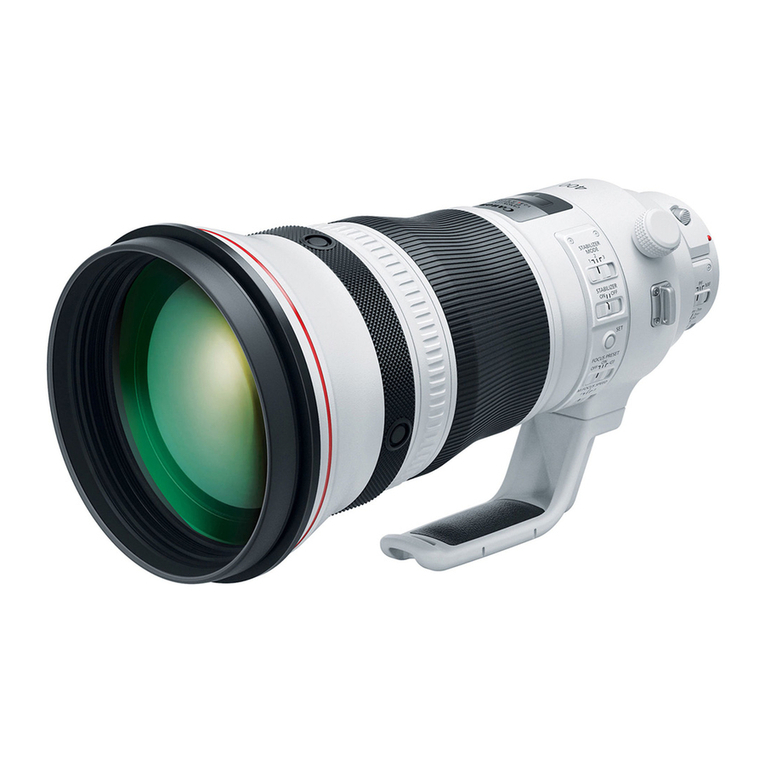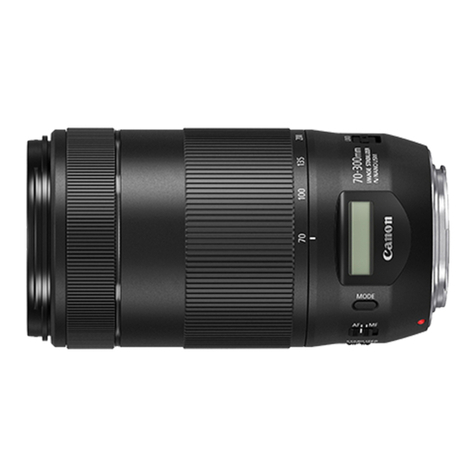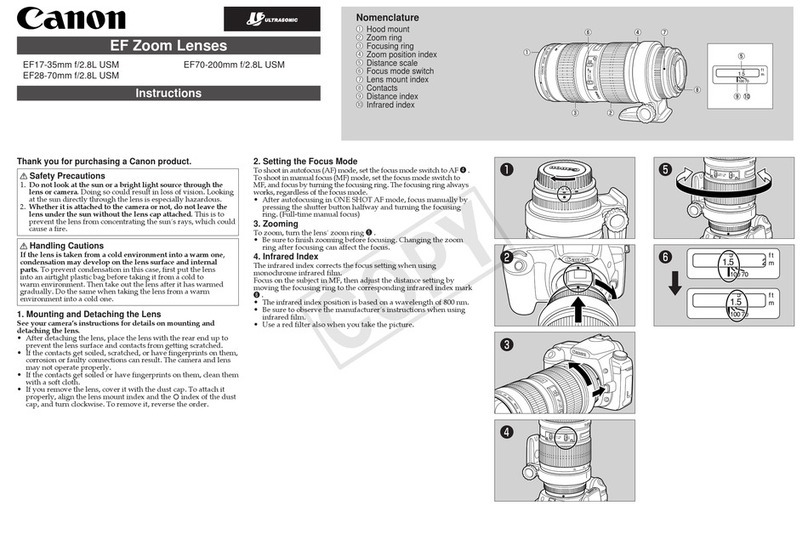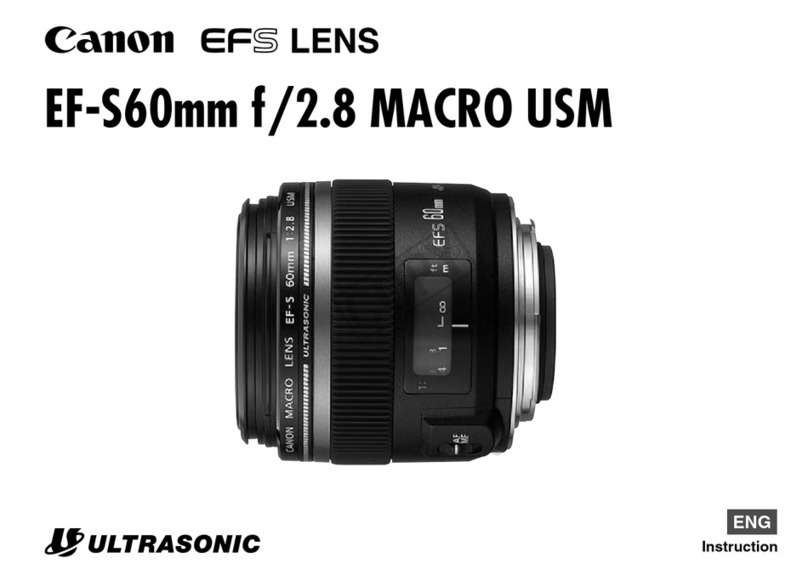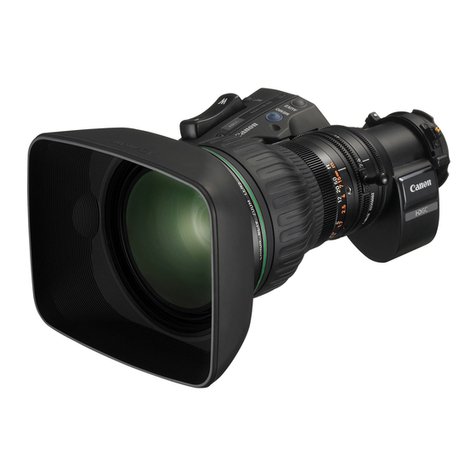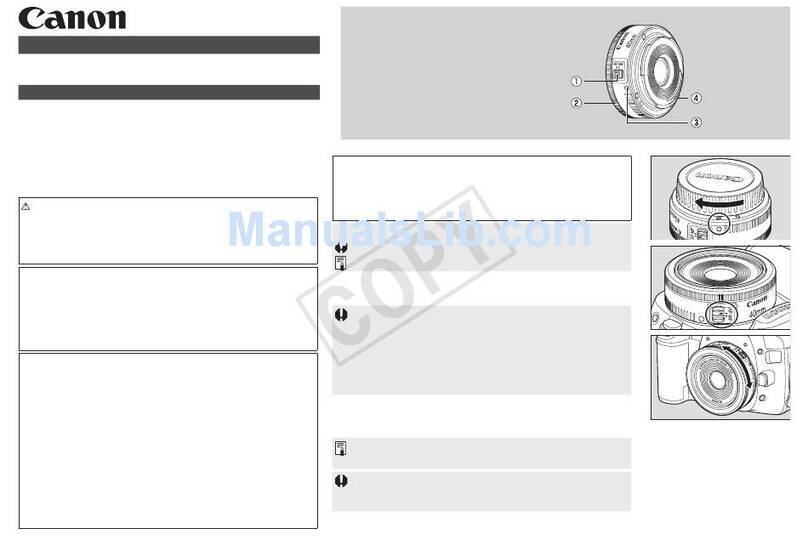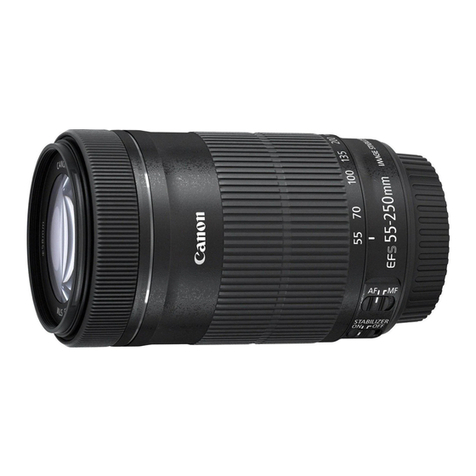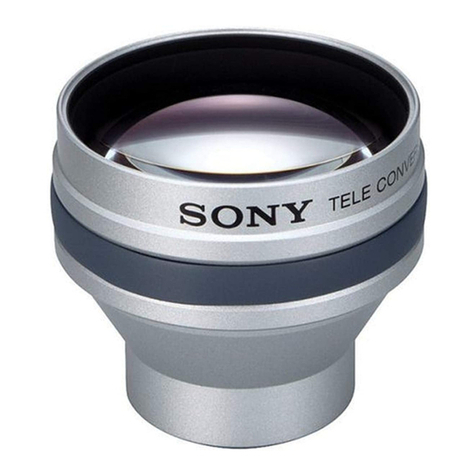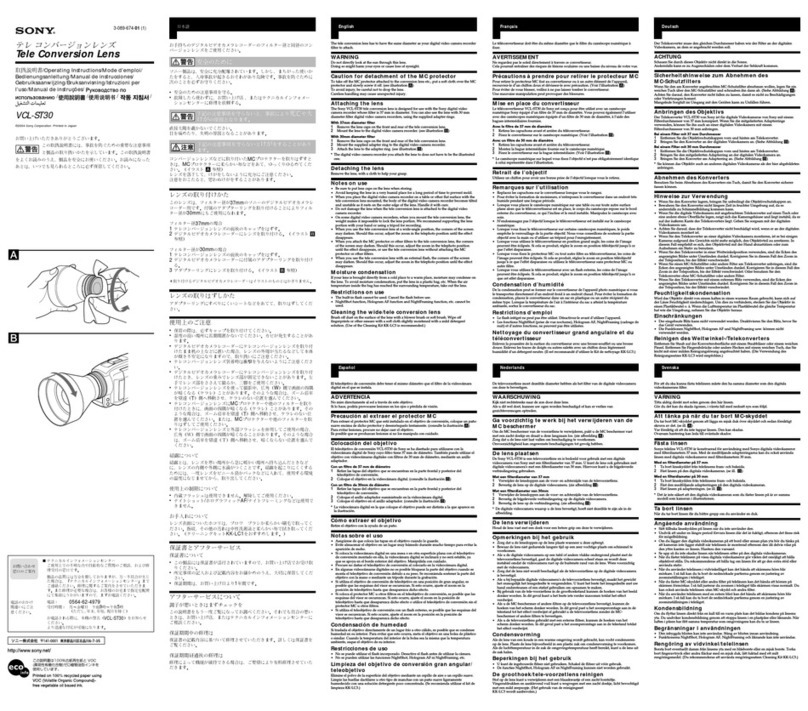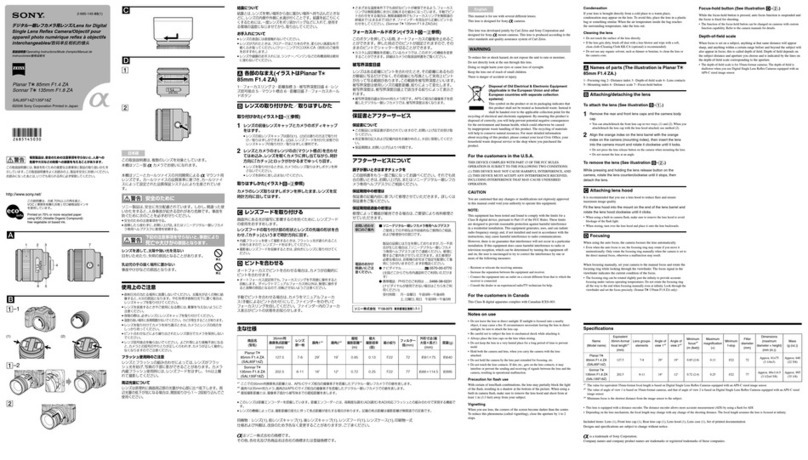happy with the original 70-200 f/2.8 L IS, but a new version of a lens usually brings improvements of significance
- otherwise, it would not be developed in the first place.
One of the first hints of the version II's improvements came from Canon's theoretical MTF charts. The higher the
lines in a Canon MTF chart, the better the lens can be expected to perform optically. The Canon MTF chart
comparison below shows an expected noticeable wide open aperture image quality improvement in the new lens.
The MSRP was another high quality indicator.
The Canon EF 70-200mm f/2.8 L IS II USM Lens' real world image quality and image quality improvement over
the original version are impressive - much better than I expected. The 70-200 f/2.8 IS II is very sharp wide open
from the center of the image circle right into full frame corners at all focal lengths. Of the three copies I evaluated,
the second traded some 200mm image quality for slightly improved 70mm image quality. The with-extender tests
at 280mm and 400mm confirm this of course. Feedback from others is that the "sample 2" lens is indeed an
outlier - but still very good. Contrast is especially impressive from all three lenses - a noticeable improvement
over the version 1 lens. Stopping down increases sharpness only very slightly.
More noticeable from stopping down is the clearing of a small amount of vignetting in the corners. A small
amount of vignetting is visible in full frame corners with a wide open aperture and is most noticeable at 200mm
(just over 1.5 stops). At f/4, vignetting is essentially un-noticeable except at 200mm where another stop of
aperture reduction continues to reduce the light fall off. The 70-200 II's vignetting results show a slight
improvement in the wide and mid-focal length range compared to the 70-200 I, but the strongest vignetting focal
length, 200mm, shows similar corner darkening. The 70-200 II's 200mm vignetting results are similar to or better
than the other available-at-review-time 70-200mm lenses including the Sigma 70-200mm f/2.8 EX DG HSM II Macro
Lens and Tamron 70-200mm f/2.8 Di Macro Lens.
CA (Chromatic Aberration) is practically non-existent in the 70-200 f/2.8 L IS II - which is a small improvement
over the version one lens that shows a small amount of CA in full frame 200mm corners.
This lens shows distortion characteristics very similar to the original 70-200 f/2.8 IS lens. Relatively minor barrel
distortion at 70mm is neutralized by around 90-95mm. The transition to relatively minor pincushion distortion
continues through 200mm.
With a rounded 8-blade aperture, the 70-200 f/2.8 L IS II delivers bokeh (foreground/background blur quality) very
similar to the original 70-200 f/2.8 IS, which was very good in this respect. With an f/2.8 maximum aperture over
the entire telephoto focal length range, this lens is able to create a strongly blurred background - and provides a
bright viewfinder.
The 70-200 f/2.8 L IS II is not flare-free, but the big story is the improvement over the original 70-200 f/2.8 IS in
this category. Flare is easier to show than describe, so let's look at a comparison. These images were shot with
an EOS 5D Mark II in Av mode. The sky was clear and the perfect flare source, the sun, is in the corner of each
frame. Click on the aperture settings below to see the designated image.
Canon EF 70-200mm f/2.8 L USM Lens Version: IS I | IS II | non-IS
